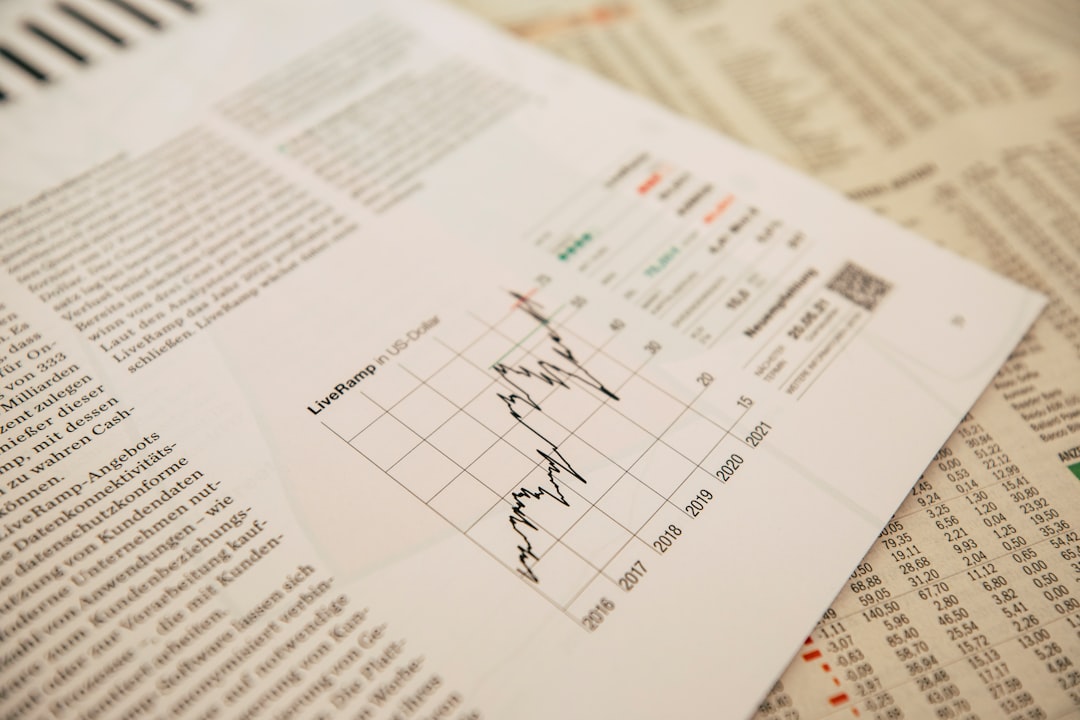Imagine a world where savers and borrowers meet to decide the fate of interest rates and investments. That’s essentially what’s happening in the loanable funds market. It’s a concept from classical economics that helps us understand how interest rates are determined by the supply and demand for funds in an economy. Whether you’re a student, a curious investor, or just someone who wants to understand how money flows, the loanable funds market theory is a great place to begin.
What is the Loanable Funds Market?
At its core, the loanable funds market is a theoretical construct that represents the interaction between those who want to loan out money (savers) and those who want to borrow money (investors or spenders). The “price” in this market is the interest rate, which adjusts to bring supply and demand into balance.
This market isn’t a physical place like a stock exchange. Instead, it’s a metaphorical market that helps economists and policymakers understand the broader flow of savings and investments in an economy.

Supply of Loanable Funds
The supply side of this market comes from households and other entities with excess income they wish to save. These savings become available for others to borrow. The supply of loanable funds is positively related to interest rates—meaning that as interest rates rise, saving becomes more attractive, and people are likely to save more.
Factors that affect the supply of loanable funds include:
- Household income levels
- Consumer confidence and future expectations
- Government policies like tax incentives for saving
- Demographic factors, such as an aging population saving for retirement
Demand for Loanable Funds
On the other side, we have demand. This comes from businesses needing capital for investment and consumers wanting to finance big-ticket items like homes and cars. Unlike supply, the demand for loanable funds is inversely related to interest rates—when interest rates are low, borrowing is cheaper, and demand rises.
Major determinants of demand include:
- Business expectations about future profitability
- Interest rates (cost of borrowing)
- Technological changes that make new investments more profitable
- Fiscal policies, such as government borrowing
Equilibrium Interest Rate
The point where the supply and demand for loanable funds intersect determines the equilibrium interest rate. At this rate, the amount borrowers want to borrow equals the amount savers want to lend. Any change in either supply or demand will shift the equilibrium, altering the interest rate.

For example, if the government starts borrowing more (increased demand), this shifts the demand curve rightward and pushes interest rates up. On the flip side, a surge in household saving due to economic uncertainty would increase supply, shifting the supply curve rightward and pushing rates down.
Why This Matters
Understanding how the loanable funds market works is crucial because it reflects how resources are allocated in an economy. Interest rates affect everything from consumer spending and business investment to government budgets and international capital flows.
Here are a few practical implications:
- When interest rates are high, businesses may cut back on investment.
- Low interest rates can stimulate economic activity but may discourage saving.
- Central banks adjust interest rates to influence the economy based on theories like this.
Caveats and Criticisms
While the loanable funds market theory is useful, it’s not without limitations. Critics argue it oversimplifies real-world financial markets, where things like monetary policy, credit institutions, and international capital flows play significant roles. Plus, in times of economic downturns, savers might hoard money regardless of interest rates, breaking down the classical assumptions.
Still, as a foundational concept, it provides a strong starting point for understanding more complex financial systems and policies.
Conclusion
The loanable funds market may be an abstract model, but its implications are very real. From the interest rate on your mortgage to how businesses plan future projects, this market plays a vital role in shaping economic outcomes. Now that you know the basics, you can better appreciate the complex dance between savings, investment, and interest rates that keeps our economy moving.
